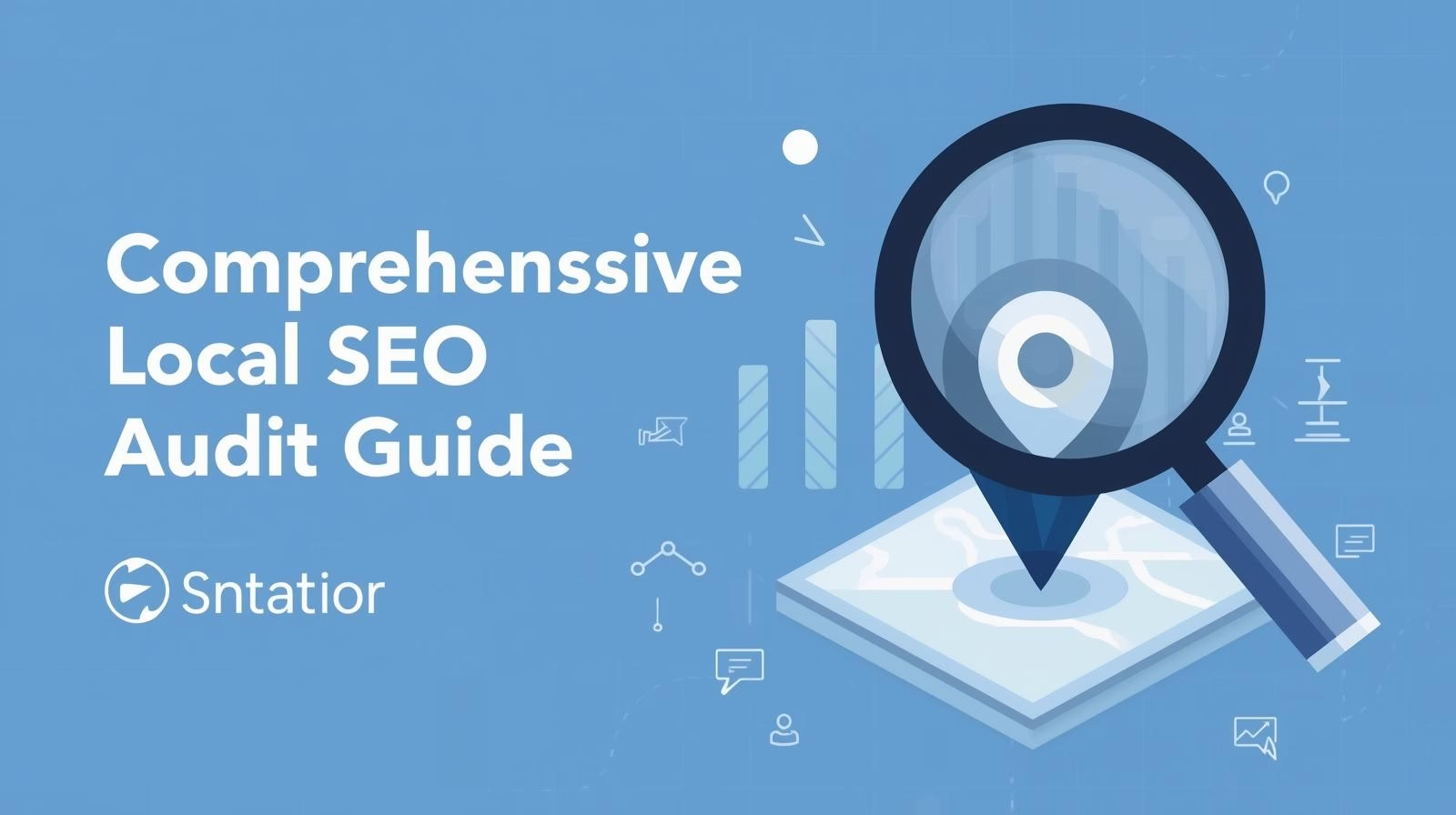Search Engine Optimization (SEO) is not a one-time project it’s a long-term strategy. To see measurable, sustainable results, you need a structured roadmap that spans months, not days. This 12-month SEO plan will help you grow traffic, improve rankings, and generate leads consistently.
Why a 12-Month SEO Plan Matters
SEO is like building a house: you need a solid foundation before you decorate. Quick fixes may show temporary gains, but lasting organic growth comes from ongoing effort. A year-long SEO plan allows you to:
- Build authority in your niche
- Strengthen your website’s technical health
- Develop content that ranks for competitive keywords
- Adapt to algorithm updates and competitor activity
Now, let’s break down your SEO action plan month by month.
Month 1/2: Research & Audit
Before making changes, you need clarity.
Tasks:
- Perform a full SEO audit (site speed, indexing, mobile friendliness, errors).
- Conduct keyword research short-tail and long-tail keywords.
- Analyze competitors’ SEO strategies (keywords, backlinks, content gaps).
- Review analytics and set SMART SEO goals (traffic, conversions, ranking positions).
Goal: Build your SEO baseline and strategy.
Month 3/4: Technical SEO Fixes
Once you know what’s broken, fix it.
Tasks:
- Improve site speed (compress images, enable caching, use a CDN).
- Ensure mobile responsiveness.
- Submit updated sitemaps to Google Search Console.
- Fix crawl errors and broken links.
- Add structured data/schema markup to help search engines understand your content.
Goal: Make your website fast, clean, and easy for search engines to crawl.
Month 5/6: On-Page Optimization
Now it’s time to optimize your content for search engines and users.
Tasks:
- Update meta titles & descriptions with target keywords.
- Optimize headings (H1, H2, H3) for readability and SEO.
- Add internal linking between related blog posts and service pages.
- Optimize images with alt tags.
- Create a clear URL structure (short, keyword-rich, user-friendly).
Goal: Align your website content with user intent and keyword strategy.
Month 7/8: Content Strategy & Creation
Content drives SEO. These months focus on publishing valuable, optimized content.
Tasks:
- Build pillar pages (in-depth guides on core topics).
- Create cluster content (supporting blog posts linking back to pillar pages).
- Write location-based landing pages if targeting local SEO.
- Use content formats like blogs, FAQs, videos, infographics, and case studies.
- Refresh and update old content for improved rankings.
Goal: Become a trusted authority in your niche with high-quality, search-friendly content.
Month 9/10: Off-Page SEO & Link Building
Search engines value authority. Backlinks remain a critical ranking factor.
Tasks:
- Build high-quality backlinks from niche and authority sites.
- Use guest posting to get your content published on relevant platforms.
- Partner with influencers, bloggers, and industry leaders.
- Get listed in local directories and citations (if applicable).
- Promote your content on social media & email marketing to attract shares.
Goal: Strengthen your website’s domain authority with relevant, trustworthy backlinks.
Month 11: User Experience & Conversion Optimization
Ranking is only half the battle you need visitors to convert.
Tasks:
- Improve navigation & site structure for easier browsing.
- Add clear CTAs (calls to action) on service and blog pages.
- Run A/B tests on landing pages to boost conversions.
- Improve page layouts for readability (short paragraphs, bullet points, visuals).
- Use heatmaps & analytics to see where users drop off.
Goal: Turn organic visitors into leads and customers.
Month 12: Review, Measure & Refine
The last month is about analyzing results and planning the next cycle.
Tasks:
- Review Google Analytics & Search Console data (traffic, CTR, rankings).
- Measure progress toward your SMART goals.
- Identify content gaps and new keyword opportunities.
- Assess backlink growth and domain authority improvements.
- Plan adjustments for the next 12-month SEO cycle.
Goal: Refine your SEO strategy for continued growth.
Final Thoughts
A 12-month SEO plan provides structure, accountability, and measurable growth. Remember, SEO is not about quick wins it’s about consistent, strategic effort. If you stay committed month by month, you’ll see long-term improvements in:
- Organic traffic
- Keyword rankings
- Lead generation
- Revenue growth
✅ Pro Tip: SEO never ends. Treat this 12-month roadmap as a repeatable cycle. Each year, review, refine, and execute again your website will only get stronger.


